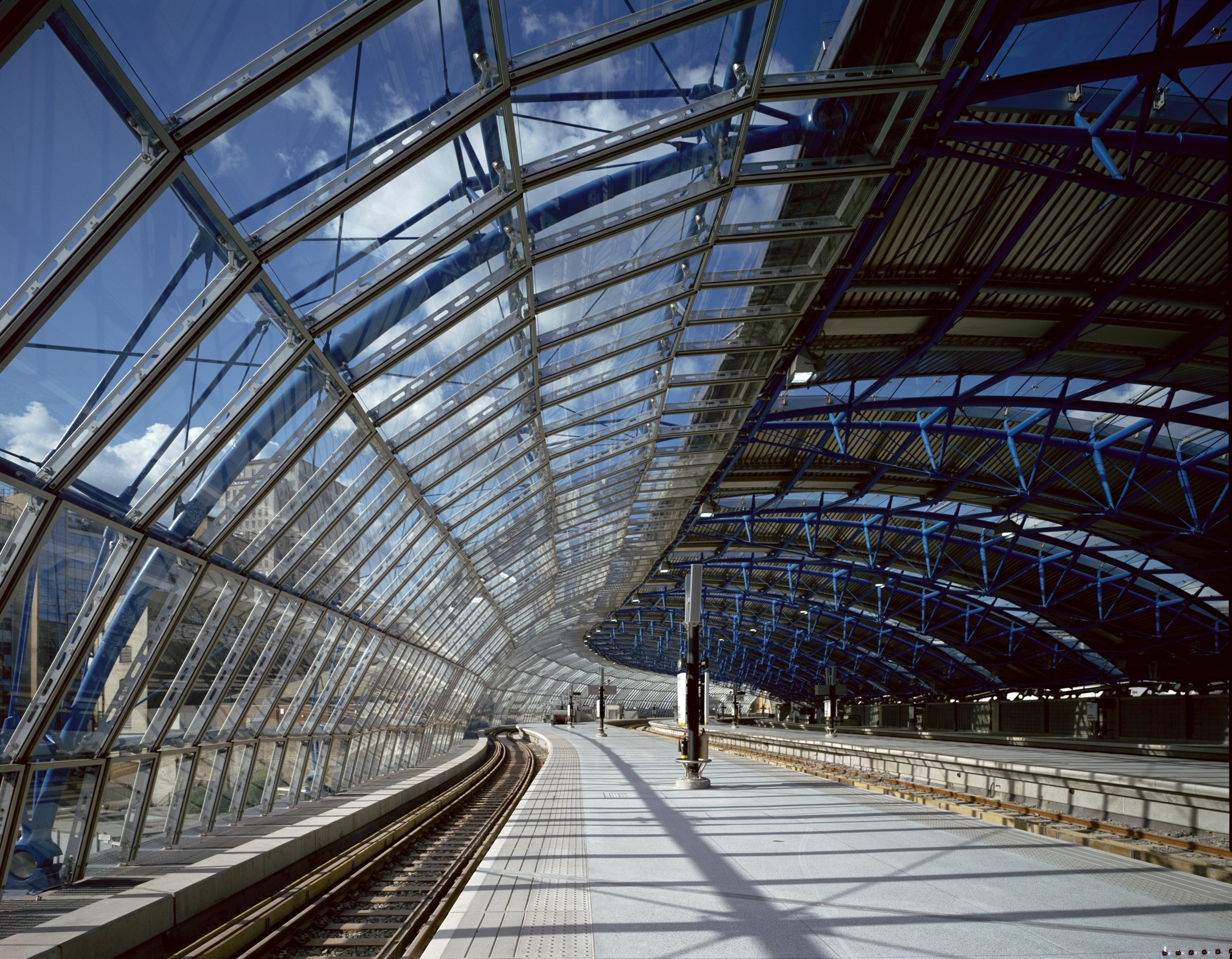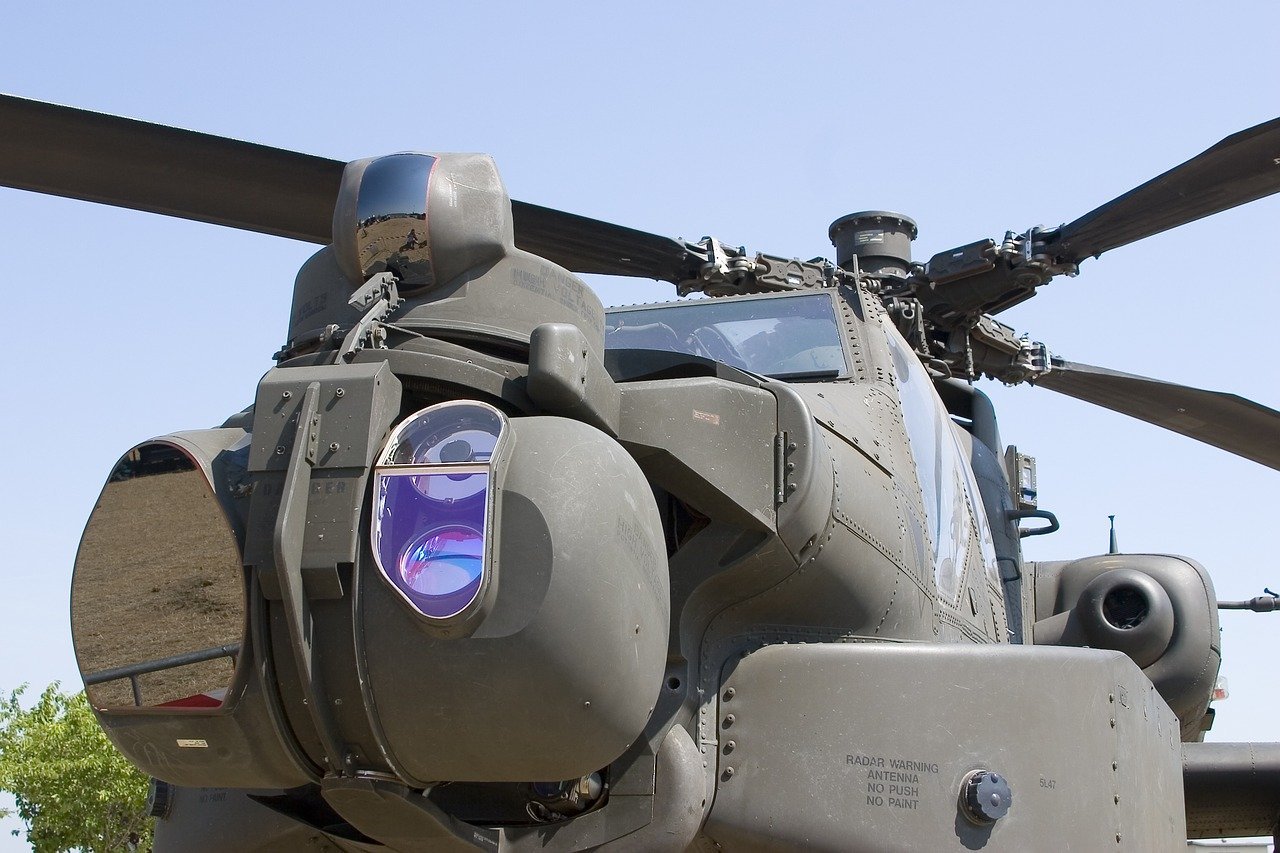CAR DESIGN IN THE 2050s
'Cos 2050s roads ain't safe no more...
I didn’t think about the aerial cars too much at first; they were just there, in the background. This Automatic Eden was the first book I completed after a decade long break, and in the first chapter Alice sits, unemployed and alone, in an old garage. Toko visits her, and they fly to the NYPD’s Manhattan HQ.
Why did they fly and how? I didn’t know the details, only that ground level was lethal territory and not safe for anyone to travel through, even the police. No, law-abiding citizens—and their money—had left the streets and moved into the mile-high towers.
I made a conscious decision years ago to limit the amount of description in my books. Too many science fiction stories over describe air-filtration systems, or ceiling fan designs, at the expense of the important stuff—characterization and story. I always start with the people first: who are they, and what has happened to them, then work backward into the situations and world.
Therefore, in This Automatic Eden, I mentioned only the smallest details about the cars: a glass bubble canopy, the hum of its engines, but I soon realized I would need to design the vehicle in higher detail, even if the information didn’t appear in the books.
To write what was happening, I needed to get a feel for the aircraft.
I grew up in Manchester, England, during the 1970s and ’80s, and studied architecture at university (you can check my author bio on my website here). Structural expressionism, or the “high-tech” architectural movement (Wiki), was becoming a major force, and after graduation I spent a decade working for Grimshaw Architects. Their design methodology and aesthetic meshed with my own, and I loved working there.
One of the primary concepts of high-tech architecture is to design a “kit of parts” to solve a problem. What that means is a repetitive series of smaller components that can be combined to create a larger variety of objects—like Lego—as opposed to making everything individual and unique. For example: you design a structural spar. You combine the spars to create a beam. You combine the beams to make a building.
London's Waterloo Station, by Grimshaw Architects, 1993. Notice how the roof trusses are modular, with a series of interconnecting parts.
That’s how I approached the design of all the NYPD gear and equipment in the Cortex books. I’ve used a language of repeating circles, squares, and rectangles, and have designed everything so they can be disassembled into their components, like a flatpack IKEA wardrobe.
NYPD Hoppers—the generic term for aerial Dyson-engine powered cars—are designed like that. The car comprises a forward canopy, which can be in multiple configurations, and a structural truss connecting the canopy to its power source and engines. The power source (a compact fusion reactor) is located away from the canopy to create equal front–rear weight distribution.
This Hopper has three engines: a large central one in the forward canopy to provide vertical lift (like the main rotors of the helicopter) and two smaller ones to the rear. The rear ones are on a center pivot so they can rotate to push the car forward or vertically.
The NYPD Riot Hopper in VTOL / Hover configuration with rear engines vertical. The car is intentionally ugly. I always liked the brutally functional aesthetic* of the A-10 Warthog aircraft: (Wiki)
Like the A-10, the NYPD Hoppers are all created for a purpose, with aesthetics being an irrelevant secondary consideration.
This Hopper model is affectionally nicknamed the 'Bug Eye,' as in, “I’ll take a Bug and see you there.” This name comes from its huge bubble canopy, shaped to maximize views out when hovering over a riot zone.
(A suite of advanced surveillance gear is attached to the front of certain models. I copied then modified the ones that appear on Apache helicopters, as I’m not an electronics expert and hey, they look cool to me 😀)
The Boeing AH-64 Apache Helicopter's camera and targeting array, which looks strangely familiar to the standard NYPD's surveillance gear 🧐. . .
In the next email I'm going to talk about the Hopper's best part: the Dyson Engines!
While you’re here - if you've read any of my books would it be possible for you tell your friends and family? Word of mouth recommendations are the best thing for an author, and finding new readers is vital. As always, thank you so much for all your love and support.)




